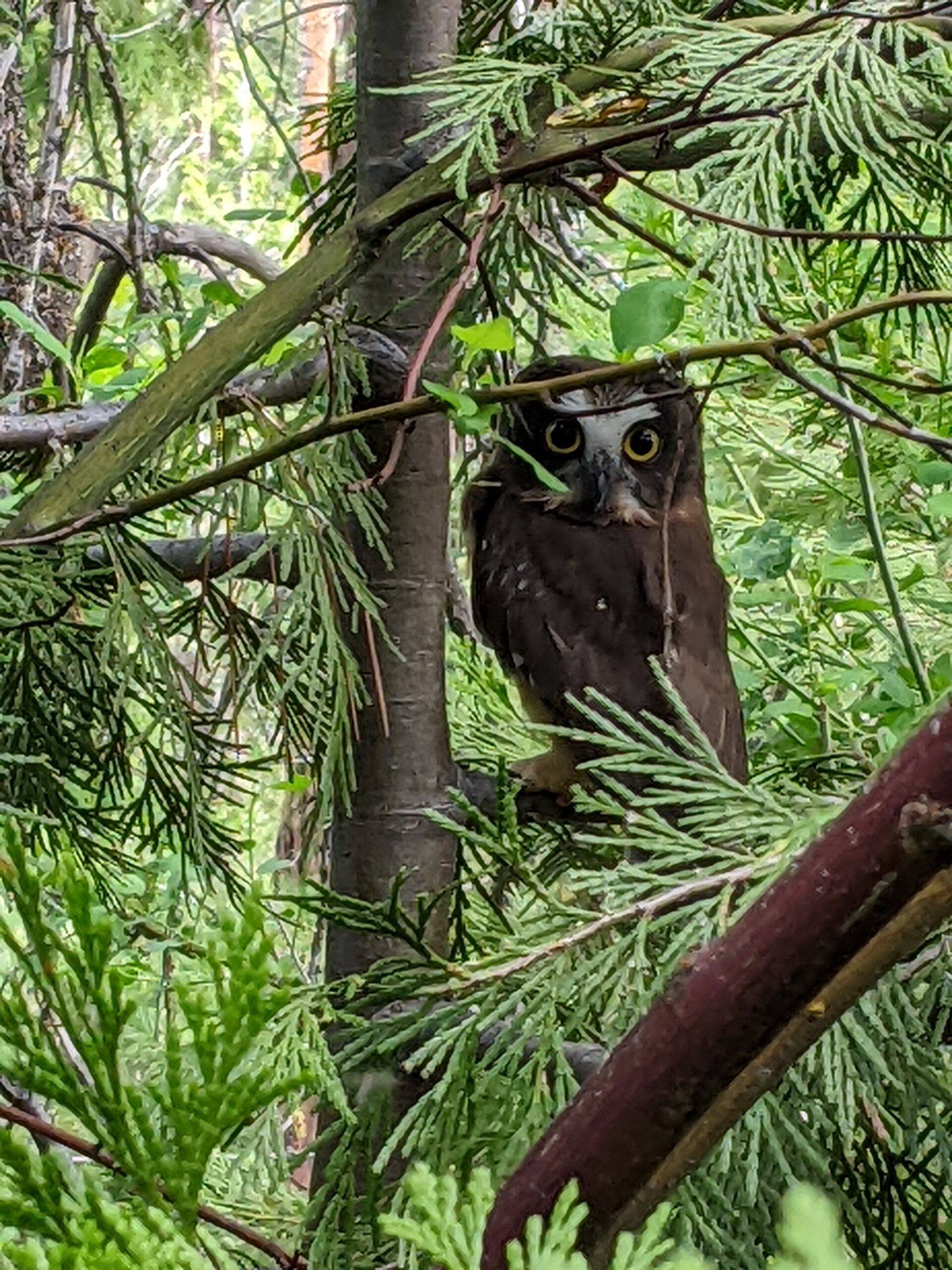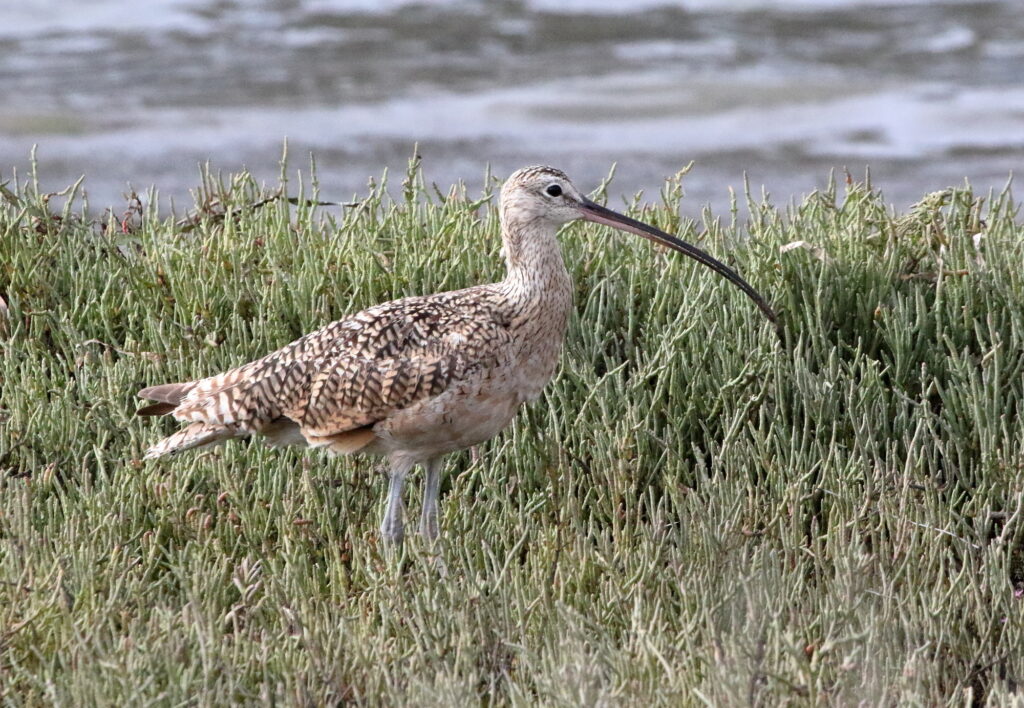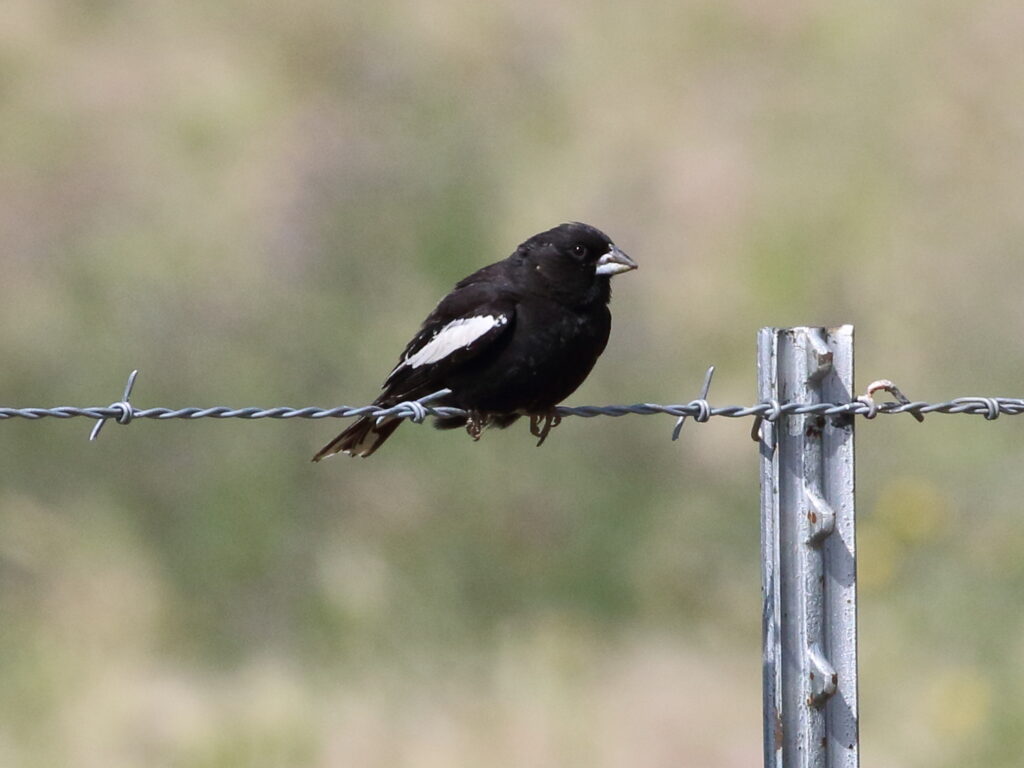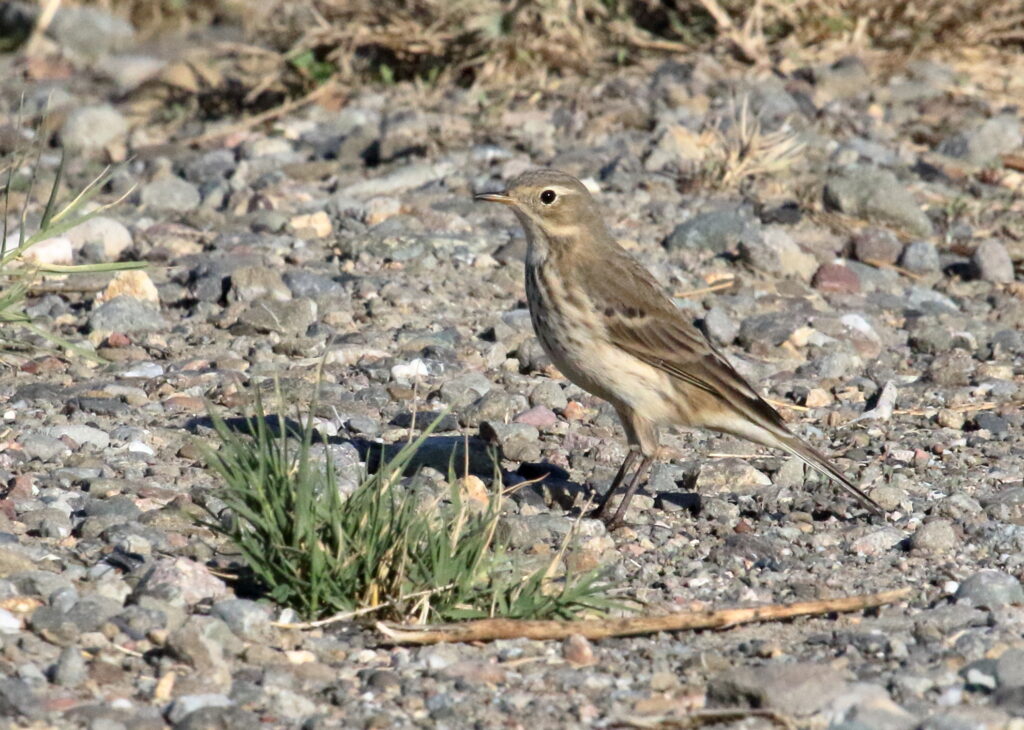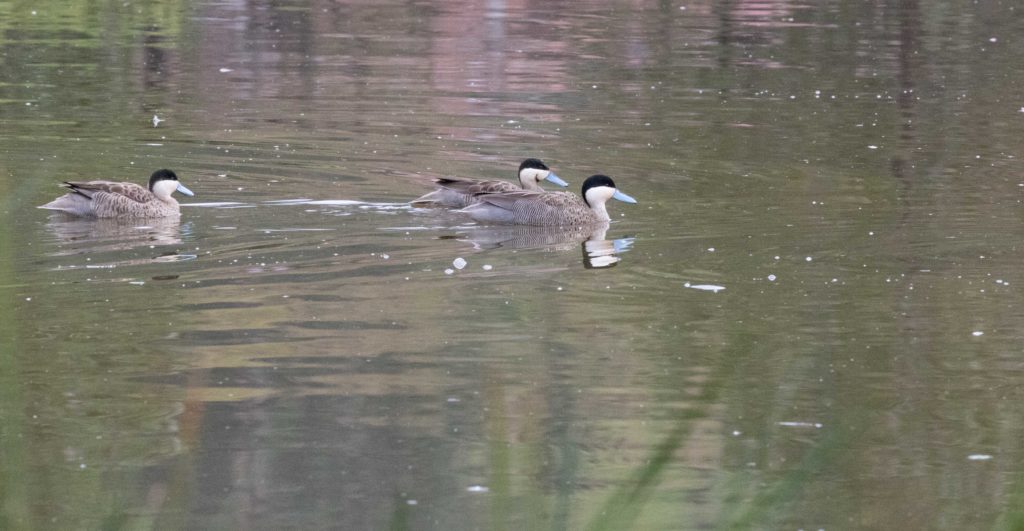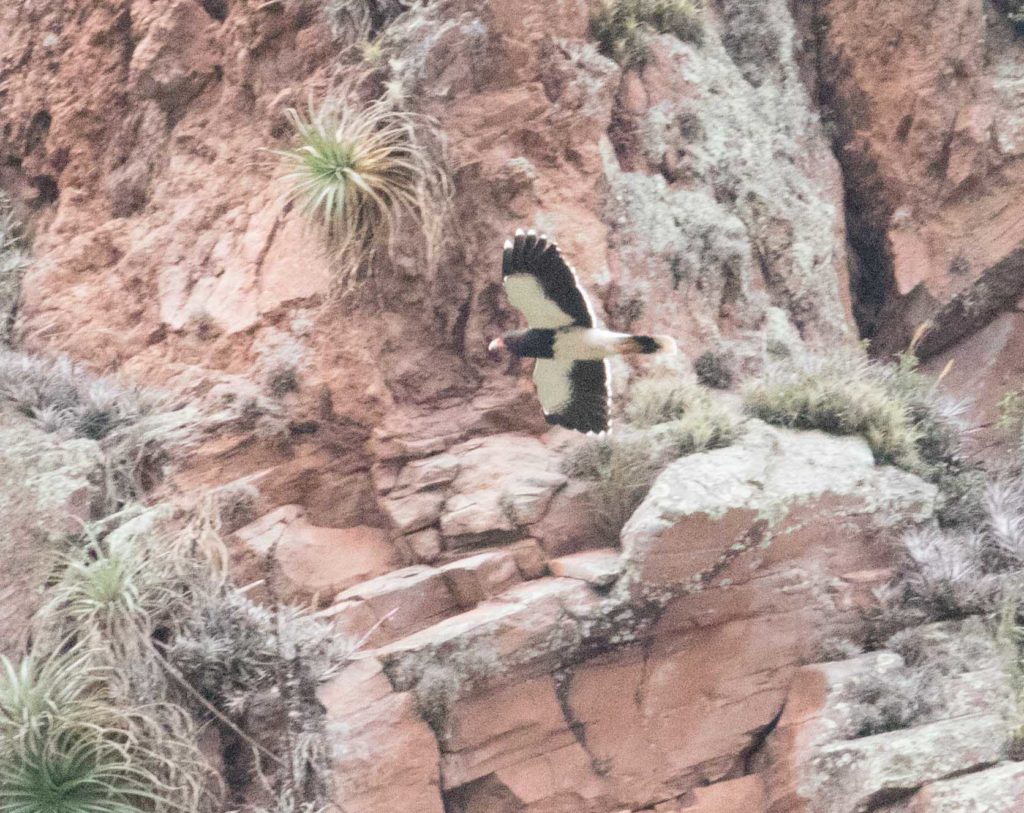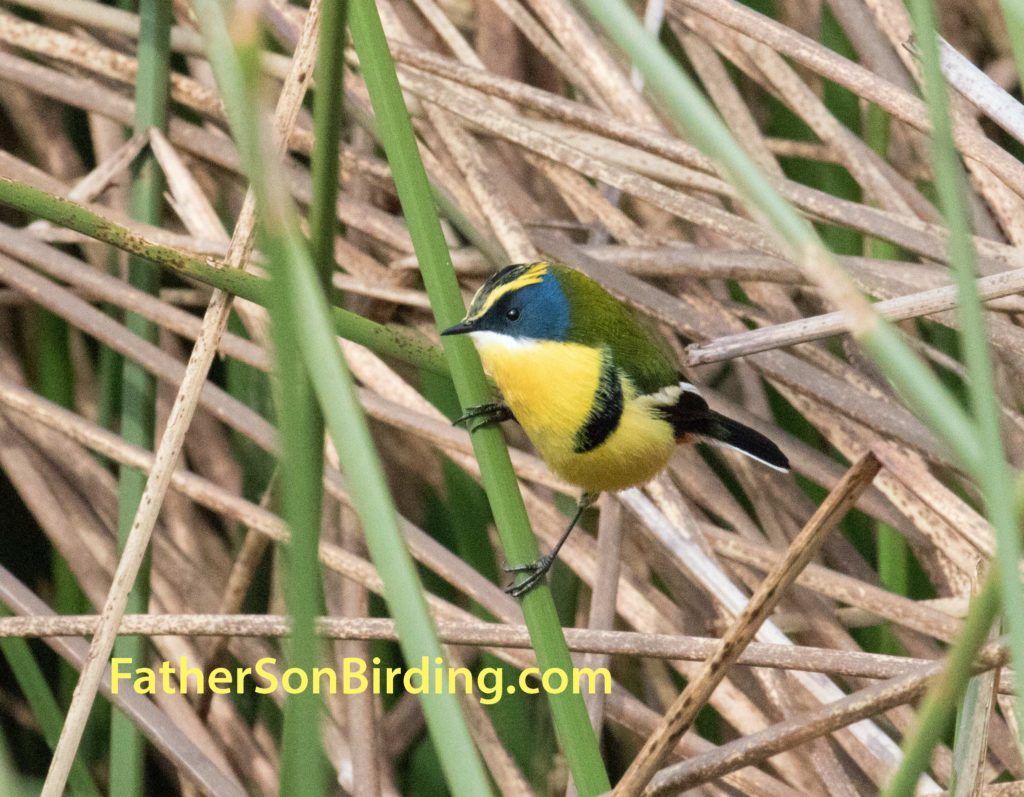We want to thank all of you for making June our biggest month ever at FatherSonBirding! The number of you viewing our posts absolutely demolished all previous records with more than 1300 visits to our site. We kick off July with the first of a series of posts from Braden. Since early June, he has been working as a field intern for The Institute for Bird Populations. His job? Monitoring Northern Goshawks on the west slope of California’s Sierras. While searching for the elusive accipiters, he and his four-person team are having birding adventures most of us only dream about. Here is his first field report: an encounter with Northern Saw-whet Owls.
Northern Saw-whet Owl
In our first week on the job my team leader, Ivara, decided that we would get the Black Oak PAC over with. A PAC is basically an area of land chosen kind of arbitrarily based on goshawk habitat, territory size and private land boundaries that we survey, and we usually try to complete a PAC every two days. Black Oak was by far the toughest PAC, but we dove right in, bushwhacking through brush in search of any signs of Northern Goshawks. Unfortunately, we couldn’t really focus on scanning the trees above us for nests given the sheer density of the vegetation growing on the slope in front of us. While birds certainly loved all of the brush, with Fox Sparrows and Nashville Warblers singing from exposed perches around me, the foliage did not welcome me as it did them. After about thirty minutes, I found myself wildly off my compass bearing, following the edge of an intimidating thicket in an attempt to get back to my correct line. We considered being five degrees off as “off course”. I was off by thirty!

I took a deep breath, plunging into the vegetation in the direction of my coworkers and my correct bearing. I bent to avoid spiderwebs stretching between branches, jumping on top of decaying logs at any chance I got to relieve myself from the sticks that drew blood from my legs. After about fifty meters, the brush somehow worsened. I couldn’t see three feet in front of me, but I pressed on. And suddenly, I flushed a bird.
At first, my mind went to American Robin. It was a medium-sized, brown species, and it darted away from me as if planning to disappear into the impossible maze ahead. Instead, it landed on a nearby tree branch. I lifted my binoculars, peering through a small gap in the leaves, and exhaled in shock. My voice quavered as I spoke into my radio.
“Holy cow. I just found a baby Saw-whet Owl.”
I’d only seen pictures of juvenile Saw-whets once before, on a checklist from Missoula that I’d stared at with jealousy. This bird stared right back at me, its curious, unmoving eyes gazing at the beast that had just disturbed it. The bird’s back was a creamy brown color, adorned with a few spots, and a bushy unibrow accented golden eyes. I could barely see its tiny talons clutching the branch, complemented by buffy feathers that coated its legs.
Unfortunately, I was too lost to direct my coworkers to come see the owls, but I was in no hurry to continue the goshawk search. Our rule: looking for goshawks is important, but so is watching cool wildlife that happens to pop up! On cue, in fact, a second bird flew to a lower branch on the same tree. It was another juvenile owl! My brain registered that it must have just abandoned its day roost mere feet from where I stood. That meant—
My eyes scanned the foliage immediately around me and I saw it: a third baby owl who had not yet flushed in a young pine tree two feet from my face. Staring intensely at me. I didn’t dare move, shifting my gaze between this third, most fearless owl and its siblings in the mature tree behind it. I’d left my camera behind in anticipation of the tough bushwhacking, but slowly snapped a few photos with my phone. I’d never found a roosting owl all on my own before, and here I’d just blundered into three!
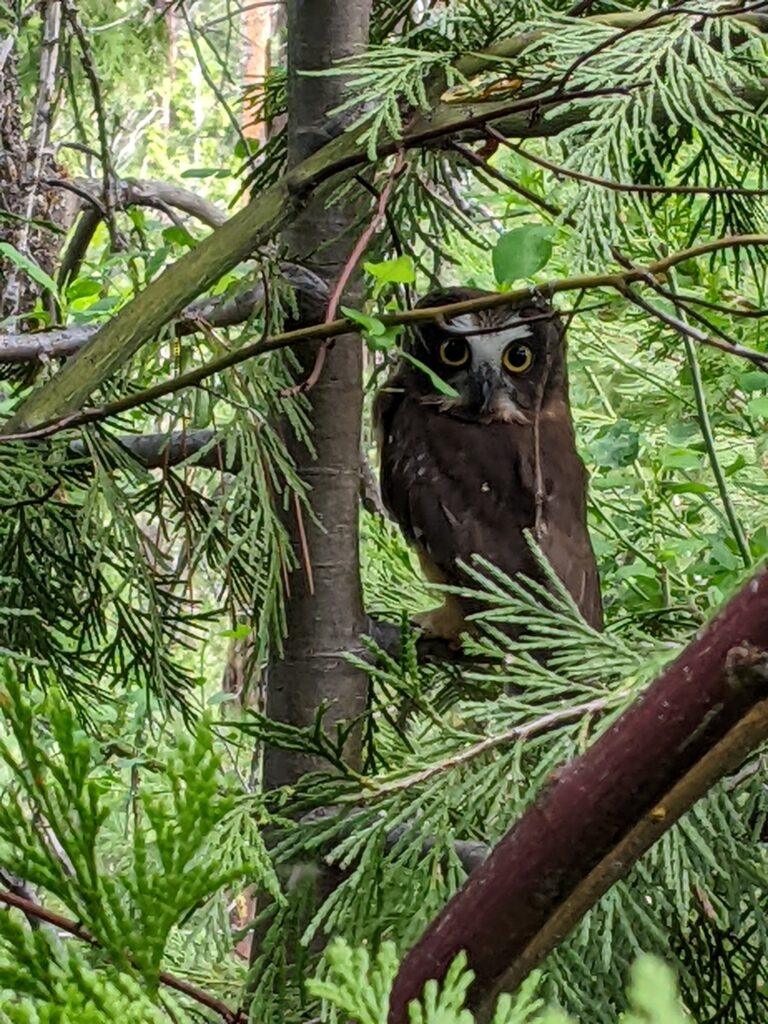
After about twenty minutes of staring contests with the cutest birds I’ve ever seen, I slowly backed out the way I had come, taking a left into more brush. Soon, I was on my stomach, army-crawling through somehow-worse vegetation, but I couldn’t be happier. Little did I know that this would mark only the first of many unforgettable wildlife encounters I would experience in the coming weeks . . .

